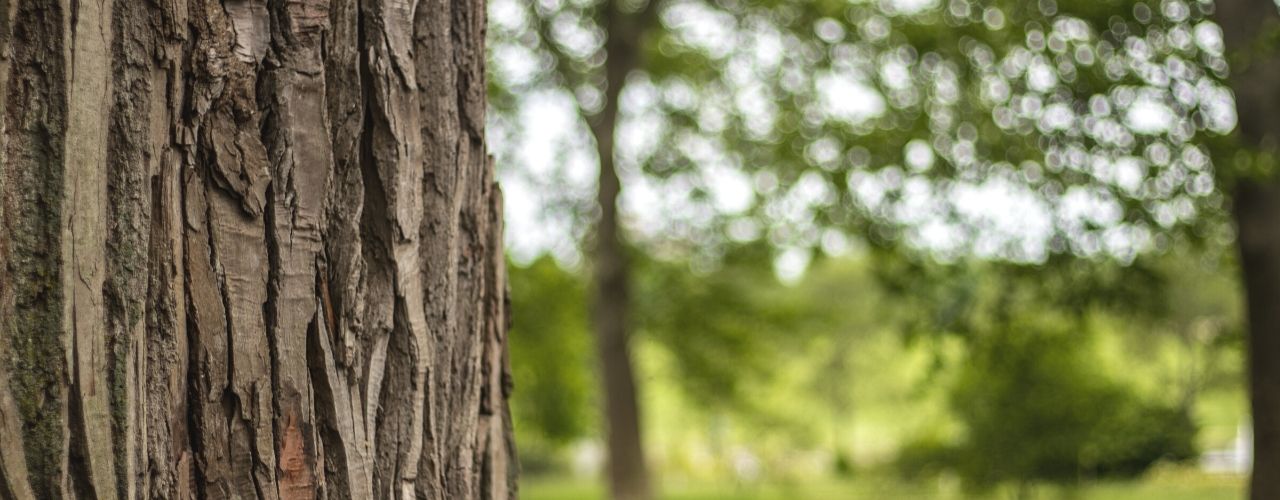We all love our trees dearly; some have been around longer than others, and even longer than some of our ancestors. By learning the different steps to figure out your tree’s age, you will know how to properly care for your tree.
Using the Circumference
By measuring the trunk of the tree with a tape measure, you allow yourself to learn the tree’s circumference. After you take the measurement of the rim, use it and the radius to find the tree’s diameter, and that number should be the tree’s age.
Count the Rings
If the root is not exposed, you can check the number of rings on the branch or the tree trunk to determine the age of your tree. The darker ring marks are from the fall and late summer. The lighter ring marks are from the spring and earlier in the summer. Count the rings from inside out, and you will know the number of years your tree has been around.
Using an Increment Borer
A different step to figuring out your tree’s age is by using an increment borer. An increment borer is a tool used for wood to monitor the age, growth, decay, and density of your tree. You can purchase one at your local hardware store. It can be cleaned with a small rag or tissue paper to prevent corrosion.
Hiring an Arborist
If you are not sure about anything listed, you should check out what an arborist does and why you should hire one. For example, checking your tree’s lineage to ensure that you’re not removing a piece of history would be a great reason to hire an arborist. That way, you’re also not doing unnecessary math in the name of curiosity.
Checking for Pruning
If you see that your tree has undergone pruning, this is a telltale sign that it may be more mature and stable than you think! When trying to determine your tree’s age, you can examine the chunkier areas that are less consistent and check how they grow to see if they got pruned onto the tree. After you spot a pruned tree, you can look at the growth of the branch and add that on to the years the tree has been planted, if you know. You no longer have to look at trees and hear their silent whispers; you can sit with them and directly tune into their energy—or hire an arborist to tell you!





